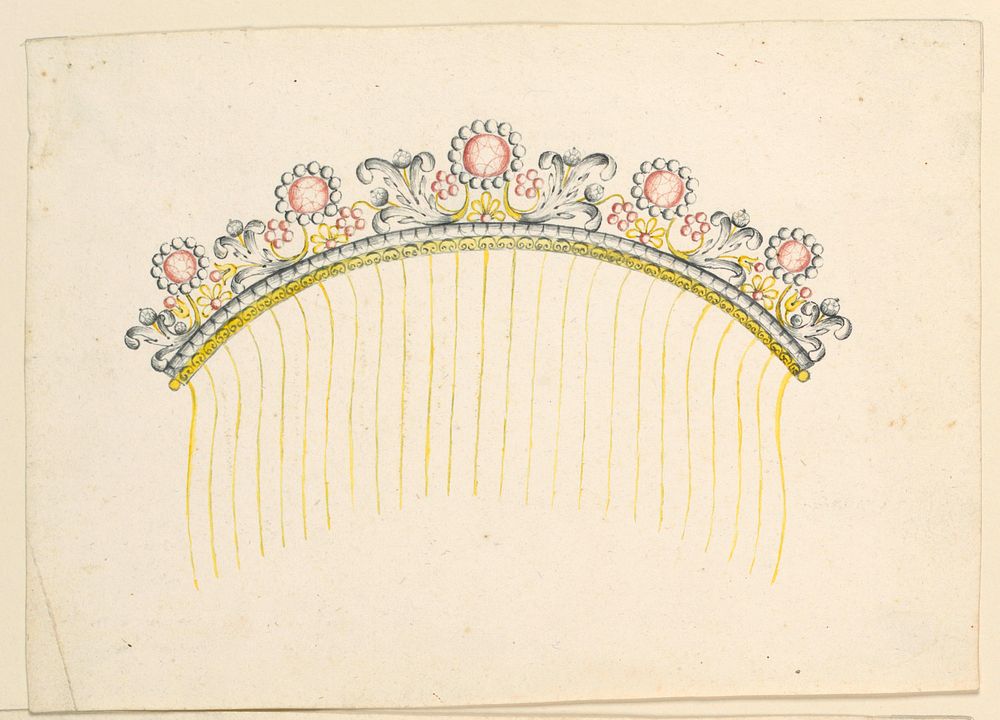The social construction of Black women as an intersectional minority has racialised their beauty aesthetics where their hair is othered from the socially idealistic woman. These beauty standards exclude and reject non-Eurocentric women and uphold white supremacist values.
The first half of my life, I spent my time trying to approximate whiteness. Now I have invested myself physically, emotionally, and financially into recognising the beauty in difference and the power in uniqueness. However, the responsibility on Black women to educate and reclaim their own individuality has become a physical manifestation of racial ideologies which only further masculinised and vilified them.
In reality, Afro hair has always been a beautiful and integral part of Black women’s culture. From the moment black girls sit between their mothers legs to get their curls detangled, scalps oiled, braided and covered for sleep, it is understood and appreciated that their hair is their own crown.
Growing up, I was taught methods to nurture my hair. I would make “kibbeh” to soften my hair and then my mum would twist my hair to protect it. To many Ethiopians and East Africans, “kibbeh” is an important homemade mask made of blended thickened cream. Originally, it was created to make our hair tolerant of the sun’s heat. In the western world, it is now used to make hair soft and malleable as well as act as a reminder of the cultures of our ancestors. Once the mixture has been applied and washed out, ancient practices are braided and woven into us to remind us of our pasts.
However, as Black girls grow up, their hair becomes physical manifestations and manipulations of racist ideologies. Hair becomes a tool of oppression that physically represents racial inferiority. Hair bears two sides of the same coin. The understanding that our hair represents the strength and fragility of those that came before us, while continuing to struggle with the feeling that we need to maintain our oppressors racist mentality and conform to Eurocentric beauty standards.
These markers represent systems and ideas that were often established in the United States. These negative ideologies and symbols travel across the seas to Australia. The severe lack of inadequate education and services surrounding these societal issues continue to be a struggle for women of colour. Australian education systems scarcely educate its pupils about African history, systems, culture and ideologies. Our physicality holds so much culture, struggle and history – aspects that should be taught to recognise and dismantle systemic and socio-culture ignorance surrounding Black women’s hair.
Continuous uses of institutional power and authority that have forced Black women to cover and mute their hair. The Tignon Laws and the Afro as a symbol of resistance cemented these hierarchies and further used hair to vilify and other physical features. This close link between hair as a physical and tangible entity and the lived experience of Black women proves the significance of it as a marker.
Australian education on African lives has a focus on the horrific, historic moments. These solidify Black women as victims to their circumstances. Our legacy is more than the wars we have fought and the tragedies in the news. Centuries of beauty as representations of history, culture, place and identity have influenced, shaped, and formed wider society. While to some it may “just be hair”, to Black women, it is our crown that reflects a small, yet integral part of the identity we have formed and maintained since the dawn of time.
Every brush, braid, twist, and loc holds so much culture, struggle and history. All aspects that should importantly be educated on to dismantle the systemic and socio-cultural ignorance and prejudice of Black Women’s hair.





